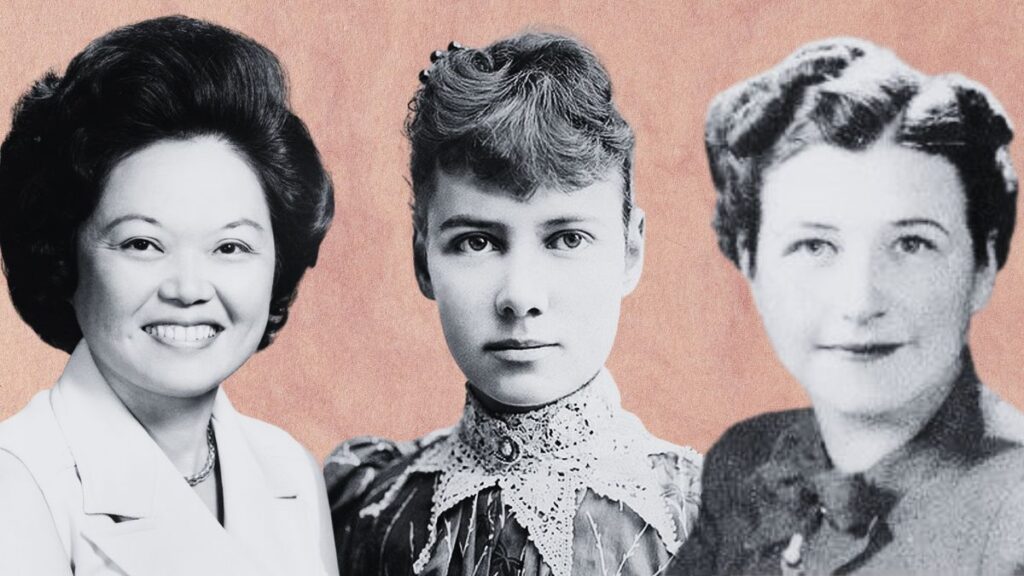By Brian Boone
It’s been said that history is written by the victors, meaning those who rule and dominate society get to tell the story. More often than not, men have been in power, and as a result, the contributions of women went unnoticed or improperly heralded for centuries. Here then are some women to whom we owe a lot of gratitude and respect—they changed the world, and hardly anybody knows what they did or how they did it.
Discover more American history and trivia in Strange USA.
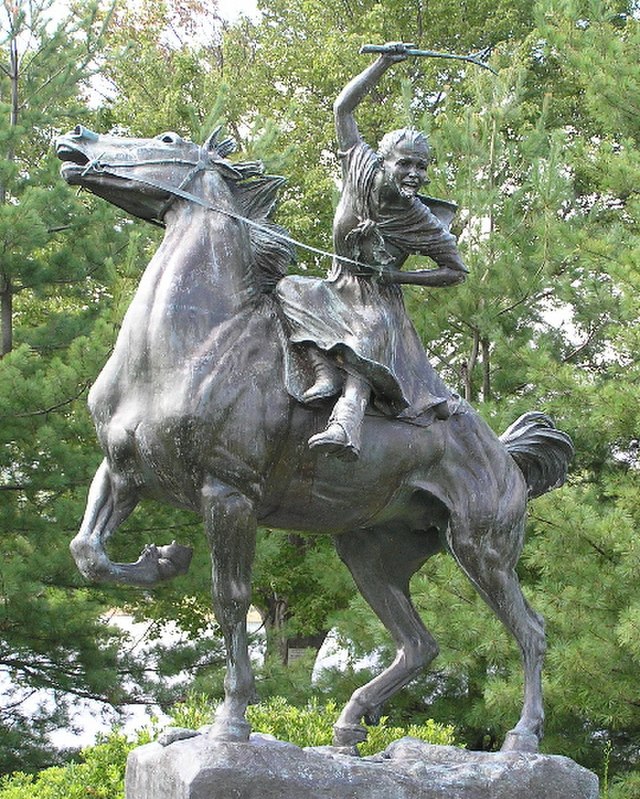
Sybil Ludington
It’s a part of history so familial that it seems like a myth: Paul Revere really did ride his horse 20 miles in the middle of the night to warn Bostonians that a British troop invasion was imminent, during the American Revolution. But Sybil Ludington did it, too—and for much longer and in a more effective manner. One night in 1777, her father, a colonel in the colonist army, learned about an invasion via a horseback messenger. That man was too tired to inform troops and citizens, so 16-year-old Ludington did it. She rode about 40 miles, informing soldiers and preparing them for the attack, and providing such a heads-up that they were able to hold back the British and force a retreat.
Nellie Bly
Elizabeth Jane Cochran landed a job as a beat reporter with the New York World, under the pen name—customary for women in the 1880s—of Nellie Bly. In 1887, the 23-year-old writer pitched an audacious story to her editor: She wanted to go undercover in a mental institution in order to write about and expose the reportedly reprehensible conditions patients faced. Bly checked into a women’s hotel, and, pretending to not know her own name, found herself committed to the Blackwell Island Asylum on New York’s Roosevelt Island with shocking speed. Bly spent 10 days at the hospital, undercover and in character, all the while taking notes for a series of articles for the New York World. Among the practices and behaviors Bly exposed: forced freezing baths, the serving of rotten food, regularly administered beatings, and psychological torture. Bly’s articles led to a grand jury investigation and overhaul of New York’s mental health system. And that’s all from Nellie Bly inventing investigative journalism.
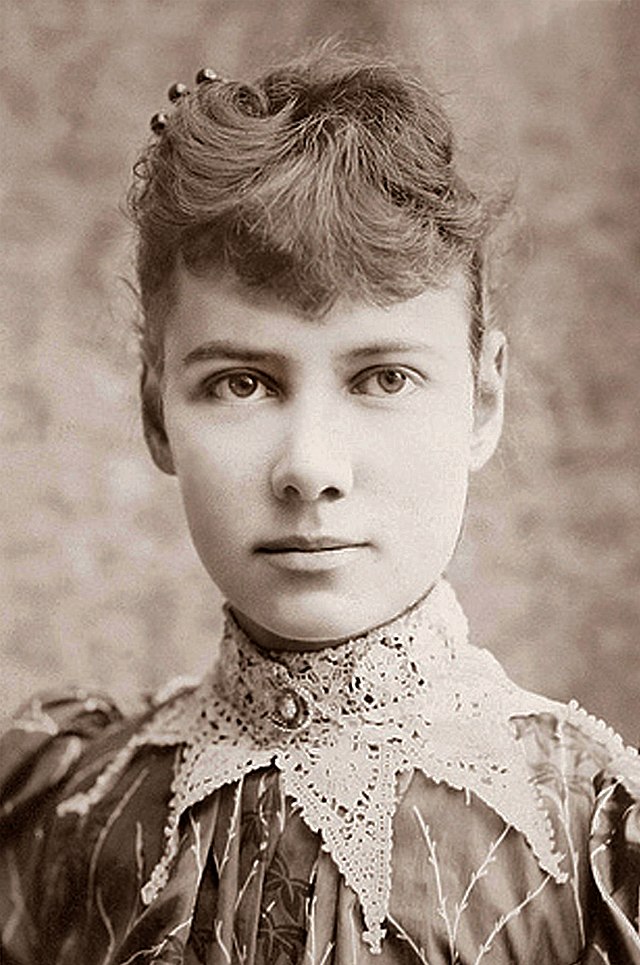
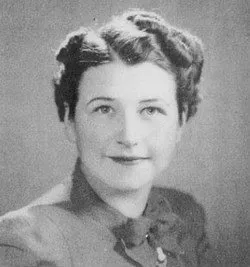
Tabitha Babbitt
When she was nine-years-old, Babbitt’s family joined the Shakers, a religious sect prominent in the late 1700s notable for its push for gender equality and well-crafted furniture. Babbitt thrived in the community where crafts were taken seriously, and when she grew up, she parlayed her experience into devising standard building gadgets and hardware. It’s likely she isn’t remembered as the inventor of what she invented because Shakers didn’t believe it was morally right to patent one’s work.
Babbitt realized the Shaker process of sawing was inefficient. A team of two would saw through a log with a two-handed saw blade, one going forward, the other going back, and repeating. Babbitt created a round saw blade, and attached it to a weaving wheel, thereby doubling the efficiency of the cutting movement. She added an axle and a water-powered engine, and in the early 1800s, invented the world’s first circular saw. That revolutionized furniture construction, as did Babbitt’s improvement of nails. At the time, nails were forged by hand, individually, until Babbitt took a sheet of iron, created a template, and stamped out multiple, identical nails all at once.

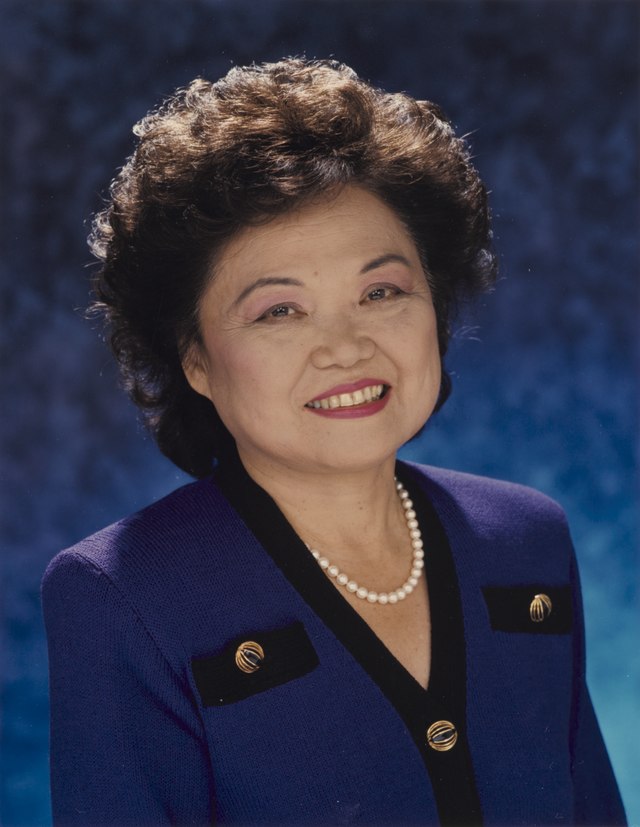
Patsy Mink
Who’s the first woman of color to hold federal elected office in the United States? Mink. The daughter of Japanese immigrants, Mink studied at the University of Nebraska and, despite rampant and outward racism, became a campus leader against such behaviors, successfully lobbying to end her institution’s policy of segregation. After getting a law degree and passing the bar exam, Mink ran for a seat representing Nebraska in the U.S. House of Representatives in 1964, and she won. She’d serve in Congress from 1964 to 1977, and from 1990 to 2002. Her signature and most impactful piece of legislation: the Title IX law. Usually credited primarily to Mink’s co-sponsor, Indiana U.S. Senator Birch Bayh, the law banned gender discrimination in school programs, sports, and activities. It allowed for women’s sports to be more prominent and receive funding commensurate with that of men’s programs.








